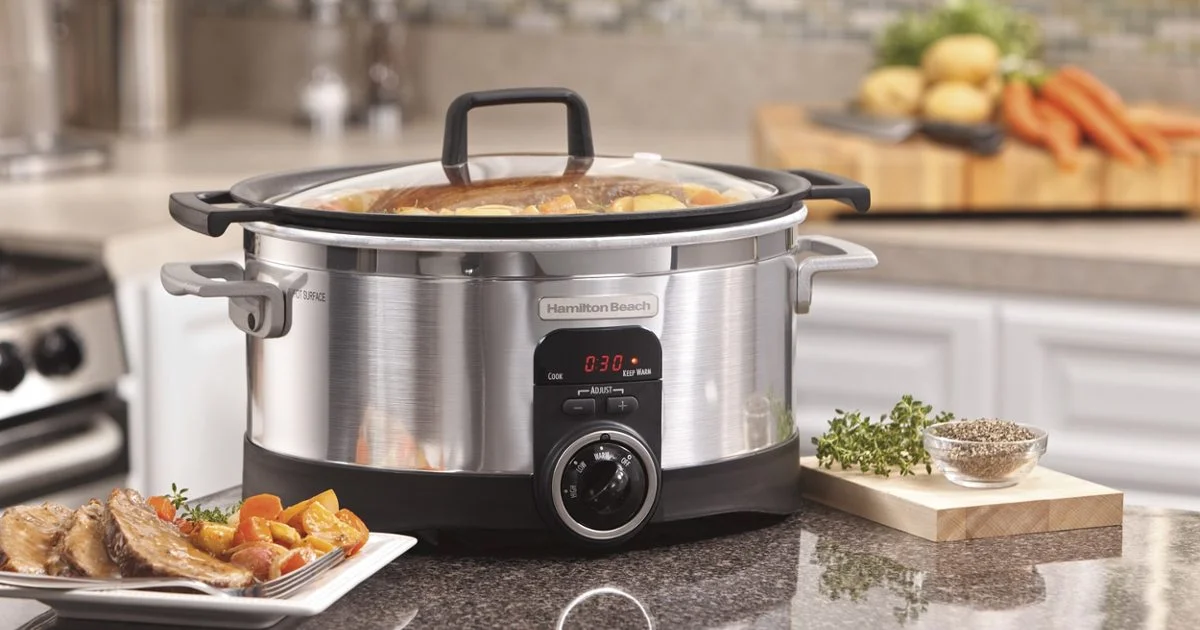Electric kitchen appliances are used in homes to make cooking simpler and faster, such as electric kettles, deep fryers, and other similar domestic devices.
Appliances designed with energy efficiency in mind help both your home and economy by decreasing energy consumption and greenhouse gas emissions. This benefits you personally as well as the economy as a whole.
ENERGY STAR
The ENERGY STAR label identifies products that meet strict energy efficiency standards set by the US Environmental Protection Agency and Department of Energy, across more than 75 categories of products from appliances to computer monitors and light bulbs that use two-thirds less energy than standard incandescent bulbs. Intertek is recognized by EPA as both an accredited testing laboratory and Recognized Certification Body for ENERGY STAR certification – this allows us to evaluate products before issuing certification allowing them to display this symbol on their packaging.
The Environmental Protection Agency and Department of Energy created the ENERGY STAR program in 1992 as a way to encourage products that use less energy, thus helping consumers reduce recurring costs. While an ENERGY STAR appliance may have higher initial costs, over time its savings make up for it over time; there may even be local or state rebates available! For more information about this initiative visit their website.
GE Appliances
GE appliances provide homeowners with affordable options. Their durable products withstand frequent use while being easy to repair according to appliance repair companies. GE offers several appliance lines such as their Core Collection and Profile line which feature stylish designs suitable for modern living spaces.
GE appliances stand out with their sleek designs and advanced smart home technology that make your kitchen even easier to use. For instance, their Cafe wall ovens include a 7-inch touchscreen interface for controlling them remotely with SmartHQ(tm).
AmbitionBox named it one of America’s best places to work and employee reviews consistently praise it as being ideal for dedicated workers who wish to expand professionally while receiving full benefits including health coverage and 401(k) matching.
Warranty
Most major appliance manufacturers provide warranties that protect buyers from defects and breakdowns for an agreed-upon period. GE, for example, provides manufacturer’s warranties on cooktops, refrigerators and freezers, disposers, air conditioners and water heaters – with coverage typically lasting one year for repair/replace costs.
After your manufacturer’s warranty expires, GE service contracts provide continued coverage. Partnered with Assurant for administration purposes, these plans cost two to five years and remain active even if you subsequently sell your appliances.
Home warranties provide comprehensive protection for various household appliances and systems, with wider scope coverage; however, exclusions such as accidental damage and normal wear and tear often remain. You can find home warranty providers by using DoNotPay’s tool; some credit cards also offer extended warranties when making purchases; check before you commit.
Installation
Induction cooktops and sous vide machines might seem like the stuff of culinary school dreams, but you don’t need to go the extra mile in order to master them yourself. With these six new electric kitchen appliances at your disposal, becoming a kitchen hero won’t break the bank.
Installing a stove, range or oven usually costs $100-200 depending on its size and type. Installation fees cover old appliance removal, delivery and travel fees as well as travel time to travel locations. In addition, many retailers provide extended protection plans that cover repair or replacement of specific parts.
Cost considerations when designing an all-electric commercial kitchen include cost, energy consumption, infrastructure costs, ventilation needs and cooking equipment. Some jurisdictions have banned or restricted natural gas in commercial kitchens; chefs often prefer all-electric restaurant equipment since it does not require gas lines and heat transfer into the kitchen is reduced, creating a cooler working environment. As the foodservice industry is heavily reliant upon gas heating for cooking needs however; switching over may prove challenging.


